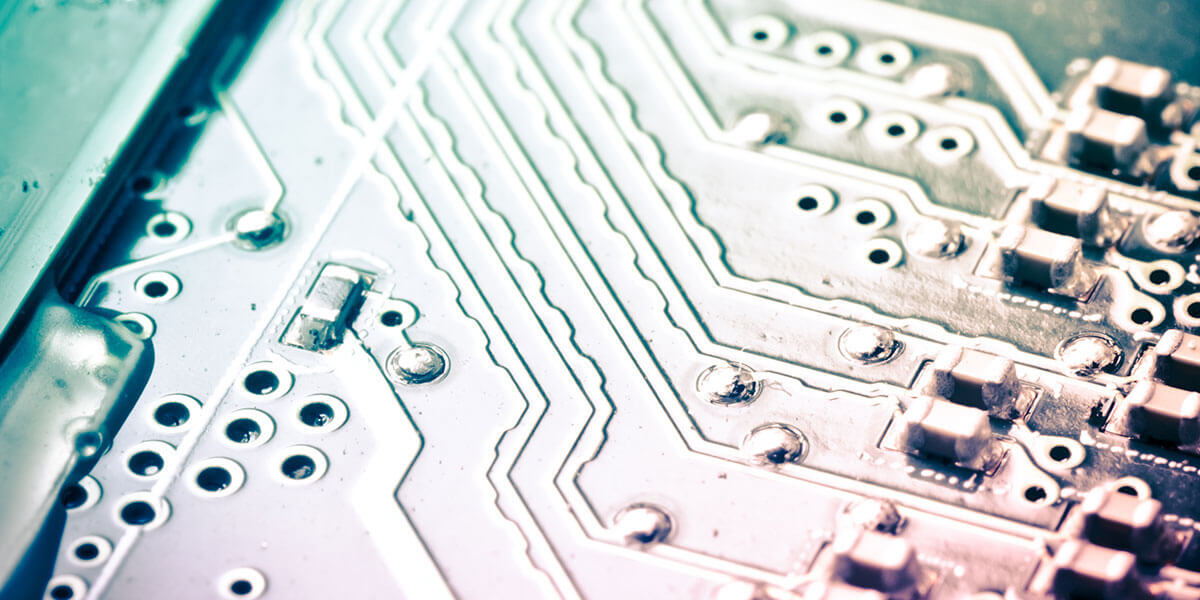
Source: iStock
The Information Sciences Institute (ISI) at the University of Southern California (USC) Viterbi School of Engineering has been awarded a $30.9M contract under the Rapid Analysis of Various Emerging Nanoelectronics (RAVEN) program, by the Intelligence Advanced Research Projects Activity (IARPA), to develop tools capable of imaging the smallest of features in modern silicon integrated circuit chips. The tools ISI and its partners develop will be used to ensure that electronic chips are free of manufacturing defects. Today, chips can contain billions of transistors that are electrically connected by an intricate hierarchy of horizontal metal layers and vertical inter-connect points. New, non-destructive, advanced imaging methods are needed to ensure that the chips have no manufacturing defects and operate as designed. The aim of the USC-led team is to develop this capability.
The research team will be led by Principal Investigator John Damoulakis, a senior Director for Advanced Electronics at USC ISI. The team includes researchers from the Information Sciences Institute, USC’s Ming Hsieh Department of Electrical Engineering, Stanford University, Northwestern University, and the Paul Scherrer Institute (PSI), an entity of the Swiss Federal Institute of Technology.
The focus of the RAVEN program is to quickly acquire images from complementary metal–oxide–semiconductor (CMOS) integrated circuits manufactured at 10 nanometer (10 nm) feature size or less. These critical integrated circuits power mobile phones, servers in datacenters, computers in commercial and government organizations, government mission systems, etc.
Imaging chips at such fine resolution requires a synchrotron X-ray source and powerful computing capabilities. Today, there is no nondestructive way to scan for manufacturing defects at this resolution. The new tool created by the USC-led team will be capable of nondestructively generating 3-D images of all layers of an integrated circuit within a 1 centimeter-squared area with spatial imaging resolution of less than 10 nm. The integrated circuit imaging will be accomplished at the Advanced Photon Source at the U.S. Department of Energy’s Argonne National Laboratory. The APS is one of the most powerful X-ray sources in the world.
Said PI John Damoulakis, “Researchers will focus on creating and testing instrumentation and work closely with Argonne’s personnel to construct an X-ray beamline end station to host that instrumentation. We will obtain early X-ray imaging data at Argonne and at PSI to calibrate the instrumentation and develop test mechanisms to verify that the RAVEN goals can be met.”
“Thirty-five years ago, ISI pioneered the concept of fabless foundries by establishing the MOSIS chip brokerage service. Over the past two decades, ISI has become an international provider of chip brokerage services and a key player in the trusted electronics space. We are thrilled that the RAVEN award will allow USC ISI to provide commercial, academic, and government entities with reliable and economical access to electronics that are free of manufacturing defects in today’s globally distributed supply chain “ said Premkumar Natarajan, the Michael Keston Executive Director of ISI.
“This collaborative project highlights the important ways that the scientific and engineering community work together to solve some of the most pressing problems we are facing today,” said Stephen Streiffer, director of the APS at Argonne. “We believe that the imaging technology necessary for this project will advance many other areas, including neuro-physics, where such approaches are critically needed.”
About USC Information Sciences Institute
The Information Sciences Institute (ISI) is a world leader in research and development of advanced information processing, computer and communications technologies. A unit of the University of Southern California’s highly ranked Viterbi School of Engineering, ISI is one of the nation’s largest, most successful university-affiliated computer research institutes. The Institute attracts more than $60 million annually for basic and applied research from federal agencies and the private sector. ISI’s work ranges from theoretical basic research, such as core engineering and computer science discovery, to applied research and development, such as design and modeling of innovative prototypes and devices.
ISI’s focus includes intelligent systems, including natural language, machine translation and information integration; Internet and networked systems, such as the highly regarded DETER cybersecurity research program; informatics focused on medical applications; computational systems and technology, including supercomputing approaches and quantum computation; and advanced electronics for space, biomimetics, and other purposes. ISI also researches space systems and technology, and partner with the USC Viterbi School on the Space Engineering Research Center, a hands-on effort that enables students to participate at every stage of space research, development and flight. The Institute employs about 300 engineers, research scientists, graduate students and staff. ISI is based in Marina del Rey, California, and maintains a presence in Arlington, Virginia.
Published on March 14th, 2017
Last updated on May 16th, 2024











